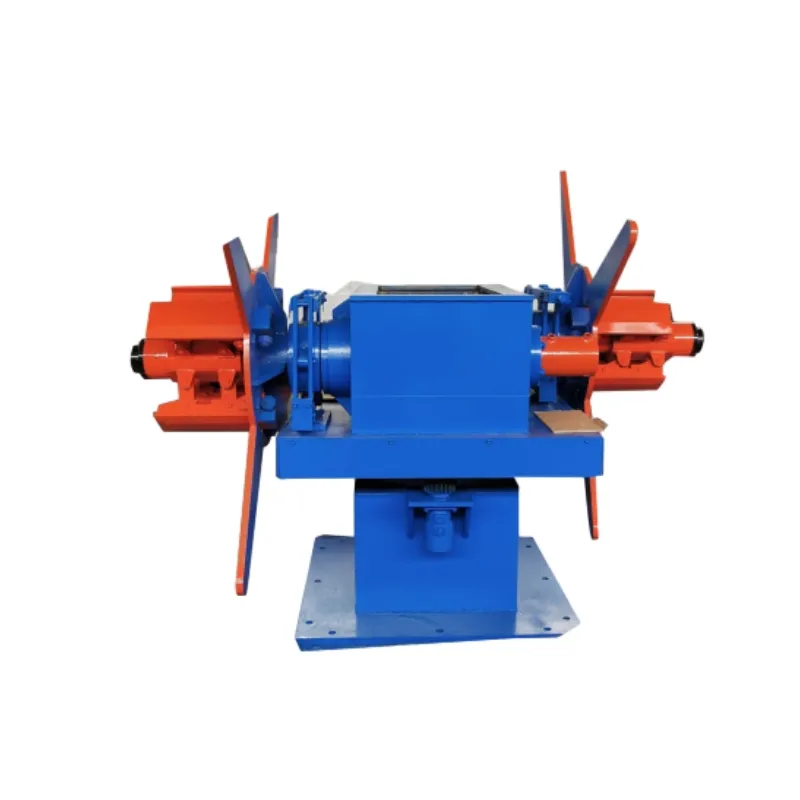3. Reduced Material Waste Traditional cutting methods often produce a significant amount of scrap material. Flying cut off machines minimize waste by enabling more efficient cutting patterns and precise lengths, which helps manufacturers optimize their raw materials and reduce costs.

Innovation in roll forming technology has led to the development of more efficient and versatile equipment. Manufacturers are now integrating computer-aided design (CAD) and computer numerical control (CNC) systems into their machinery. These technologies enable greater precision in the manufacturing process and reduce human error. Additionally, advancements in materials science have allowed manufacturers to work with a wider range of metals, including high-strength steel and lightweight alloys, expanding the applications for roll-formed products.

4. Automation and Control Systems Modern rollformers are equipped with advanced automation and control systems that enhance accuracy and reduce manual intervention. Look for machines with programmable controllers, digital displays, and easy-to-use interfaces to streamline operations and minimize human error.
